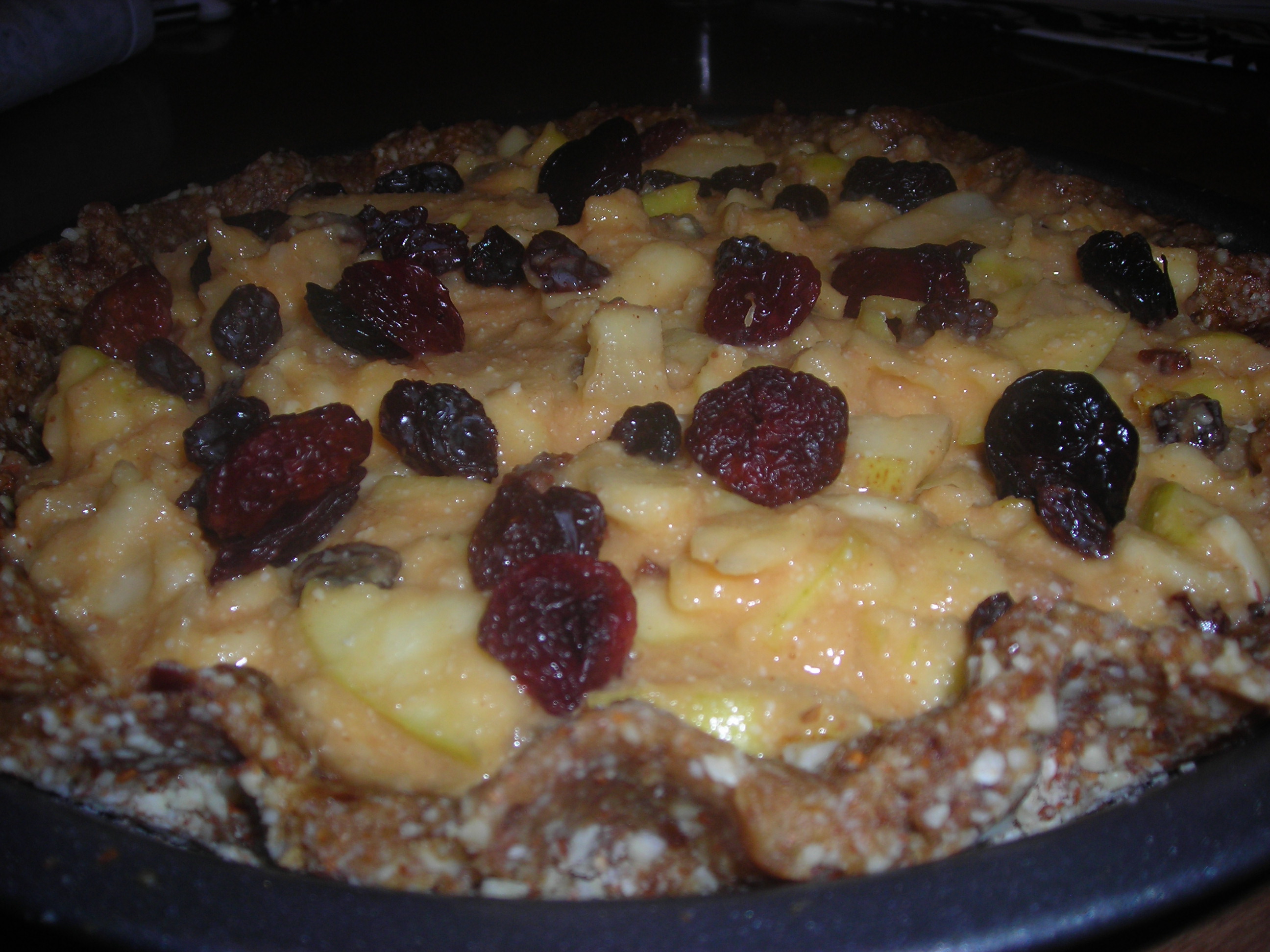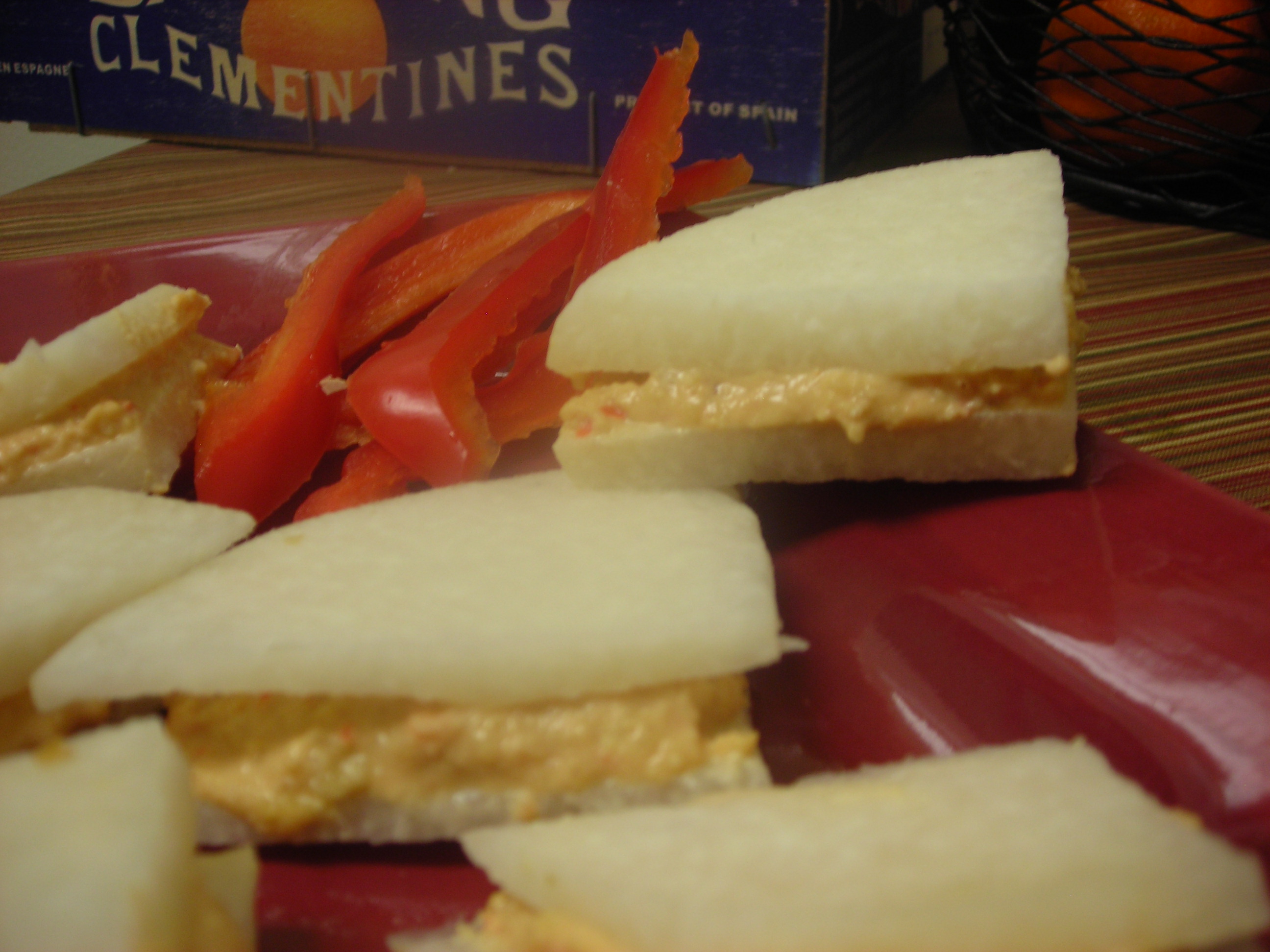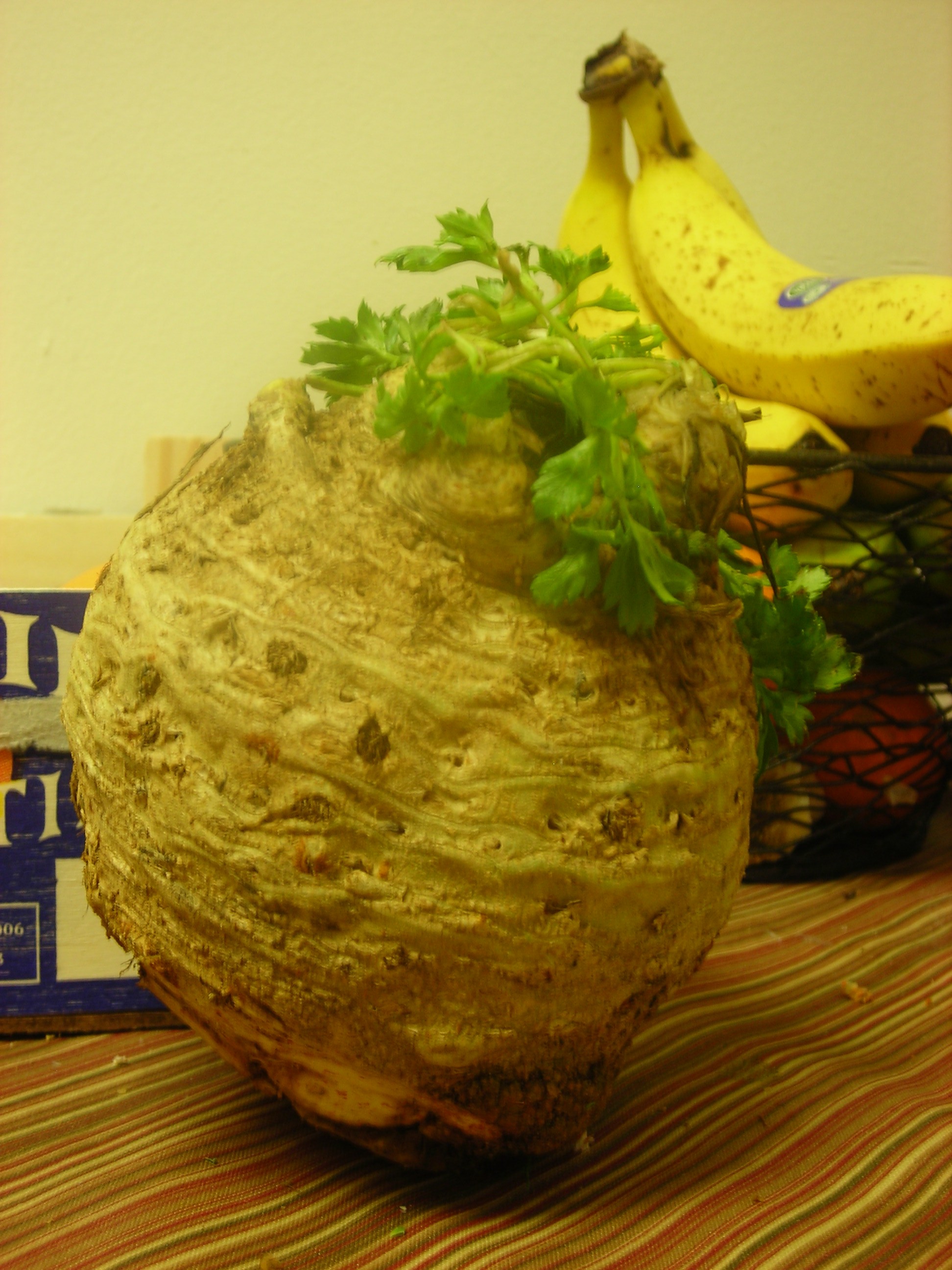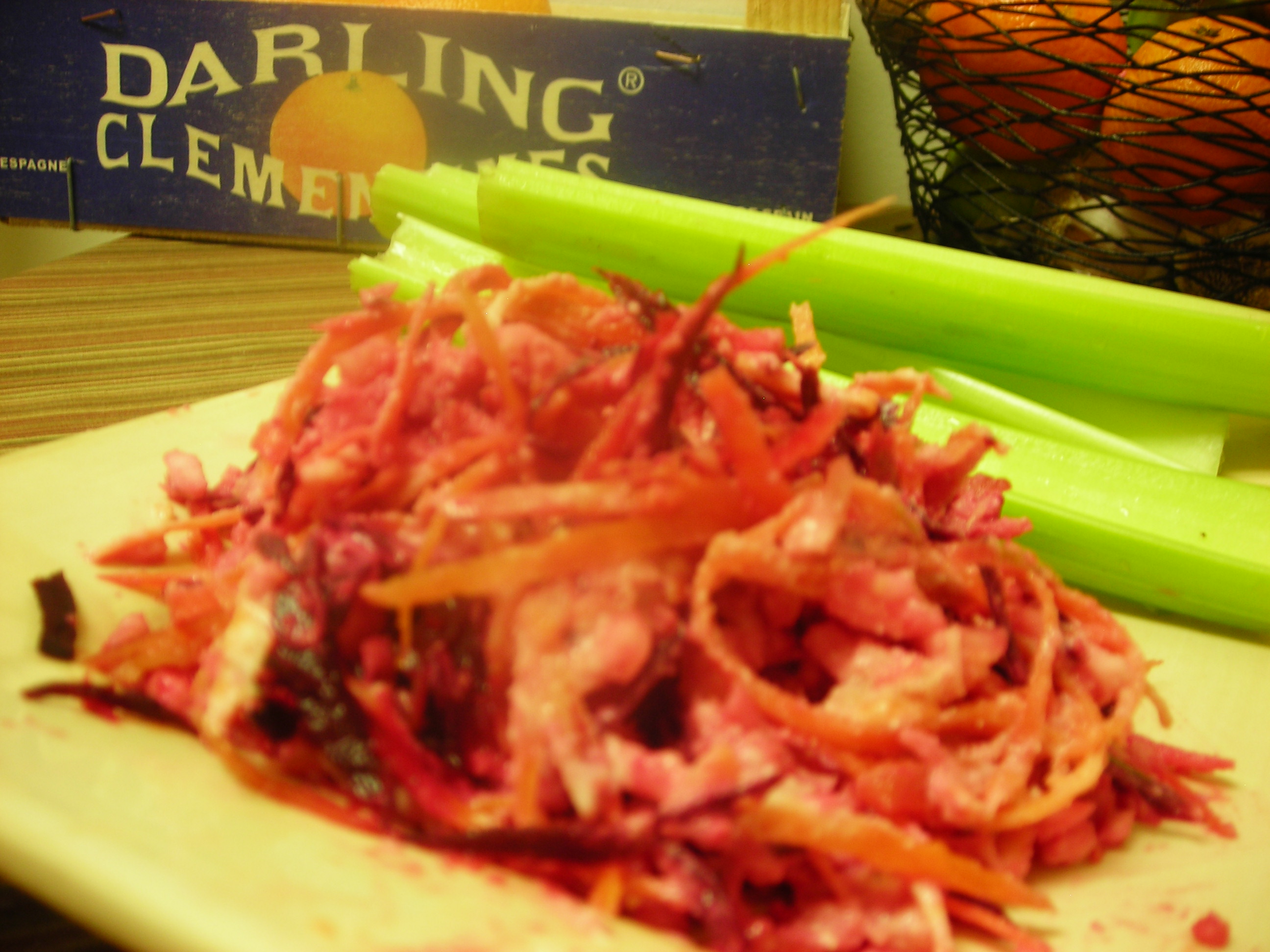Tags
acne aging anti-aging beauty detox diet exercise fasting healing health healthy lifestyle healthy living healthy recipes inspiration juicing Living la Vida Raw meditation mindfulness Move Your Body Natural Beauty natural cures Natural Cures natural remedies nutrition nutritionist parasites raw raw food Raw Food for Thought raw foods raw girl Raw News raw recipes Raw Spirit Recipes skin spirulina stress vegan vegan lifestyle vegan recipes vegetarian Veggie Love wellness yogaNewsletter Sign-up
Tag Archives: Veggie Love
VEGGIE LOVE: Asian Pear
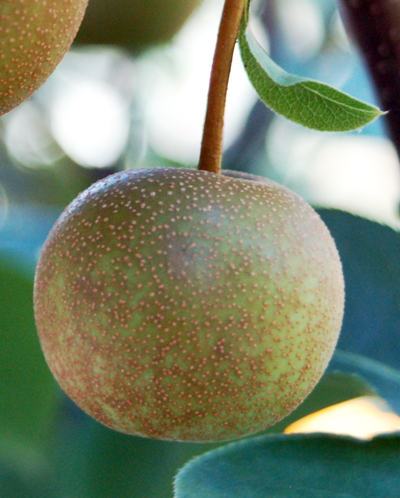 I recently got down with an asian pear on a film set. It was introduced to me by another actress, a good friend of mine, as we were waiting around to shoot. We found one in a street market in Queens. I loved it, hope you’ll give Kenzie’s fabulous recipe a try it looks so yummy I could eat it off the page! -XoXo Raw Girl
I recently got down with an asian pear on a film set. It was introduced to me by another actress, a good friend of mine, as we were waiting around to shoot. We found one in a street market in Queens. I loved it, hope you’ll give Kenzie’s fabulous recipe a try it looks so yummy I could eat it off the page! -XoXo Raw Girl
I hope everyone is enjoying the beginning of spring and is starting to get excited about all the seasonal fruits and veggies that are just around the corner. I know I am. Today I want to talk about Asian Pear: a fruit with a bit of an identity crisis, but all is forgiven by its sweet and crisp taste.
When first biting in, you may think you are actually eating an apple. It is crunchier than a pear and many have the roundness of an apple; but Asian Pears tend to be a bit juicier than your traditional apple and have more of a pear-ish color. They have a really fresh and satisfying taste—truly delicious. There are many types of Asian Pears, but most come from Japan. Here in the U.S., ours are come from Washington, Oregon, and California. You can find them in Asian Markets almost year round, major health stores (like Whole Foods) during summer months, and if you’re in the Northwest maybe a local farmers market.
So how are they good for you? Asian pear is loaded with Vitamin C—an antioxidant that protects cells against damage, helps wounds to heal, fights infections, promotes healthy bones, teeth, gums and blood vessels, and aids in the absorption of iron. The fruit also has a good amount of Vitamin K, which can increase bone mass, promotes good blood flow, and protects against liver and prostate cancer. Asian Pear is also loaded with other vitamins and minerals in small amounts, including Vitamin E, B Vitamins, Potassium, Magnesium, and some protein.
So how about some pie?
Raw Asian Pear Pie
Crust: 2 cups almonds, 1 cup pitted dates, 2 Tbs maple syup, 1 teaspoon salt; Filling: 3-4 chopped asian pears, 1 orange pitted and seeded, 2 Tbs maple syrup, ¼ cup water, raisins or other dried fruit, 1 Tbs cinnamon
For crust, blend the almonds to make flour. Take out 3 Tbs of flour then add dates and syrup until dough is formed. Pour the 3 Tbs of almond flour into the bottom of your pie dish; this prevents the crust from sticking. Start molding the piecrust into the pan evenly.
For the filling, add the orange, maple syrup, cinnamon and water to Vitamix and blend. Then add the Asian Pears and pulse lightly—you don’t want to blend the apples, just chopped, rough, and solidified with the filling mixture. Pour mixture into crust. Top with raisins or dried fruit. You can let the pie sit in fridge overnight for really marinated apples. But if you can’t wait that long, it’s just as good!
This is a delicious take on “traditional” apple pie. You still have the crunch of apples, but with a great pear taste—and it’s 100% raw. This pie is also great for staying with the Veggie Love theme: share the love with a group of friends and feel fabulous with every bite.
Sharing the love with a mouthful of pie….Kenzie, Signing in for Raw Girl
VEGGIE LOVE: Cactus Pear
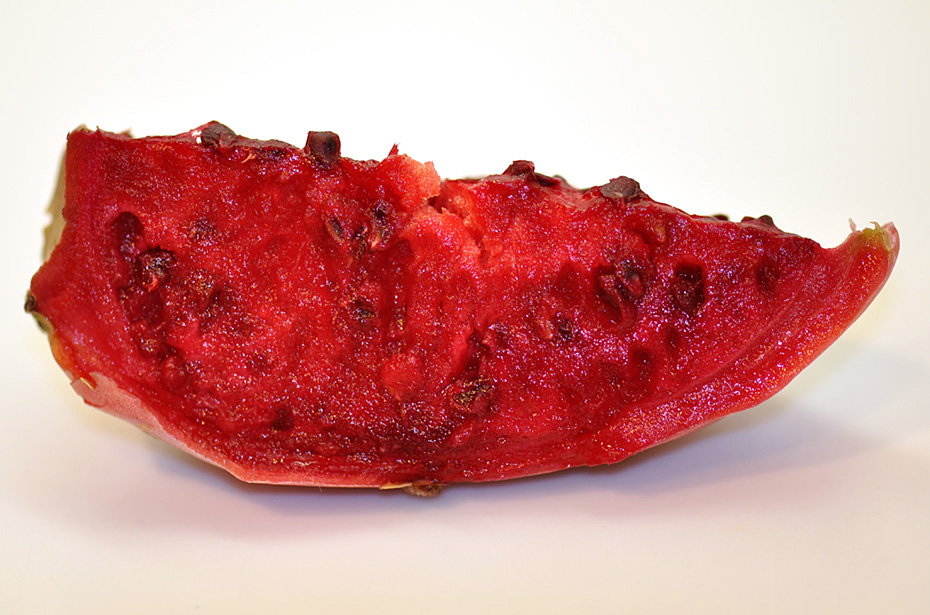 Hey gang. This Veggie Love segment is dedicated to a new find that has got me coming back for more. My new love is cactus pear, a Mexico and Latin American staple that is, quite literally, the fruit from the cactus plant. Its skin is scary and prickly, but the inside is sweet, earthy, and the most fabulous color pink. Pair this diamond in the rough with its insane nutritional quality and we have ourselves a supermarket superstar.
Hey gang. This Veggie Love segment is dedicated to a new find that has got me coming back for more. My new love is cactus pear, a Mexico and Latin American staple that is, quite literally, the fruit from the cactus plant. Its skin is scary and prickly, but the inside is sweet, earthy, and the most fabulous color pink. Pair this diamond in the rough with its insane nutritional quality and we have ourselves a supermarket superstar.
Cactus pear only recently began reaching the consumers in the 1980s, when health scientists became aware of their medicinal qualities–one researcher even called them magical. Perhaps we have the next “superfood” on our hands?
To start off, cactus pear is known for its extremely high antioxidant count–limiting free radicals in the arteries and throughout the body, and preventing tumor growth and cancer cell production. Some studies have even found that this fruit shrinks tumors! The healthy oxidized state the pear promotes is also great for your skin–making you look younger, longer.
Cactus pear can also reduce blood sugar levels; meaning it can not only prevent, but treat diabetes. It’s great source of fiber also helps absorb and remove unneeded cholesterol. With traditional vitamins and minerals, cactus pear is high in calcium which strengthens bones and teeth. Its high Vitamin C content prevents cell damage, helps wounds to heal, fights infections, and aids in the absorption of iron. The fruit is also high in magnesium and taurine, nutrients important to brain and heart health.
Are you sold?
Preparation:
Handle with care. While most commercial cactus pears have had their spikes removed, you can still get a prickly splinter (which I found out the hard way). You might even want to use gloves. To remove the outer skin, cut on a tilt about a centimeter deep into the fruit and move knife in a circle around the fruit, then cut in half. You may even be able to peel the skin like an orange after the initial cut. The center of the fruit is loaded with tiny seeds which are edible, but hard. The flesh in-between the skin and the seeds is the best part and can be easily chopped once the seeds are scooped out. Just be careful of your clothing; the deep magenta color can be more dangerous than a red beet.
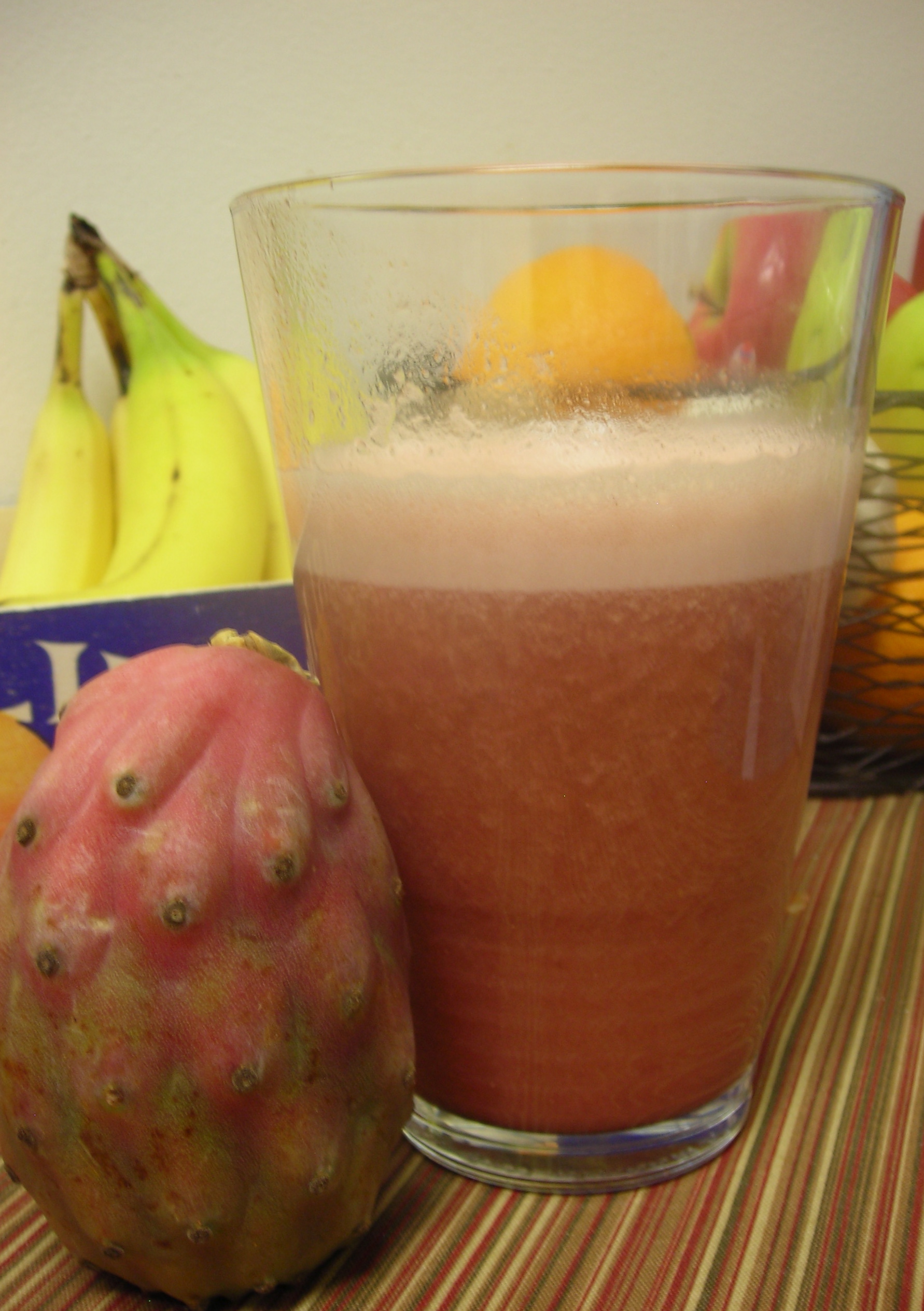 Cactus pears can be used in all sorts of ways: chopped on top of salads, made into jams, thrown into smoothies, or eaten plain. One you are familiar with the taste (a balance of light sweetness and earthiness), you can experiment. So far my favorite way to use them is in a delicious Cactus Pear Smoothie. Its sweet, chocolaty, and the color of bubble gum. I genuinely described this smoothie as “bomb-alicious.” Give it a try:
Cactus pears can be used in all sorts of ways: chopped on top of salads, made into jams, thrown into smoothies, or eaten plain. One you are familiar with the taste (a balance of light sweetness and earthiness), you can experiment. So far my favorite way to use them is in a delicious Cactus Pear Smoothie. Its sweet, chocolaty, and the color of bubble gum. I genuinely described this smoothie as “bomb-alicious.” Give it a try:
Ingredients: Flesh from 1 cactus pear; 1 frozen banana; 1/2 Tbs raw cacao powder or nibs; 2/3 cup coconut water; 1/3 cup filtered water.
Blend all ingredients together and drink up!
Note: I ran my whole cactus pear with seeds through the Vitamix before making the smoothie and then strained the liquid to remove the seeds. This way, you use a little more of the fruit. If you’re short on time, just use the flesh.
I hope you enjoy this wonderful smoothie and all the benefits cactus pear has to offer.
Here’s to feeling great about what you eat and sharing the veggie love.
–Kenzie, signing in for Raw Girl
VEGGIE LOVE: Jicama
My girl Kenzie is back again and this week we are having a love affair with jicama. I used shredded jicama in the video this past week on how to make guacamole nori rolls. So check it out! Also jicama is great for the raw french fries everyone raves about. I like them dipped in hummus as well. – XoXo Raw Girl
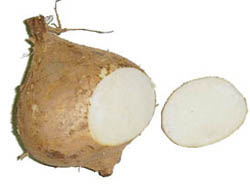 This week we’re going to talk about jicama (or yam bean): a textually satisfying, water rich veggie so creative and versatile it deserves all of your attention. Jicama may be another grocery store scare—with a dull outside skin, usually hidden in the produce aisle amongst its misunderstood non-traditional vegetable friends. But the inside is crispy white, nutty, and a little bit sweet. And obviously, it’s extremely good for you!
This week we’re going to talk about jicama (or yam bean): a textually satisfying, water rich veggie so creative and versatile it deserves all of your attention. Jicama may be another grocery store scare—with a dull outside skin, usually hidden in the produce aisle amongst its misunderstood non-traditional vegetable friends. But the inside is crispy white, nutty, and a little bit sweet. And obviously, it’s extremely good for you!
The nutrients in jicama should get your stomach growling alone. The most notable being potassium. Potassium is important for maintaining a steady heartbeat and balancing fluid inside and outside cell membranes which promotes normal cell functioning. This nutrient aids in many metabolic reactions—transferring energy to the right parts of the body. Consuming potassium will also help prevent blood loss and kidney stones.
The high level of Vitamin C in jicama provides powerful antioxidants that protect from cell damage, help wounds to heal, fight infections, promote healthy bones, teeth, gums and blood vessels, and aid in the absorption of iron. Jicama slows blood pressure by balancing out salt or sodium, lowers blood cholesterol, slows digestion to stabilize blood sugar, promotes healthy digestion, and aids in attaining weight loss goals.
Ready to dive in? To prepare, remove the brown outer skin. You can do this with a knife or also a good vegetable peeler. The simplest way to eat it is to chop or food process it, add a little lemon juice and then just throw on top of a salad with tons of other veggies. This adds some dimension but keeps it really simple.
If you’re feeling more creative try this recipe for Jicama ‘Cheese’ Crackers, which recently made an appearance at my Opening Ceremony party for The Olympics—my non-vegan friends even loved them! It’s a variation from the pierogi recipe in Matt Amsden’s Rawvolution; these are less soy-heavy and takes the pressure off making perfect crescent shaped designs. They may be reminiscent of Ritz-Bitz cracker days back in middle school—only REAL FOOD, HEALTHY, and RAW.
Ingredients:
¼+ cup lemon juice; 1/3 cup Nama Shoyu; ¼ red bell pepper; 2-3 cloves garlic; ¾ cup cashews; ½ cup pine nuts; large jicama
Peel the jicama with a good peeler. Using a sharp, large knife cut thin circular slices. Make the pieces thin, but not so thin they aren’t full circles (Use a mandolin slicer if you have one). Cut the jicama into triangle shapes (cutting an ‘X’ on the circle). Combine all other ingredients into a blender or VitaMix and blend until smooth. Scoop spoonfuls onto jicama and make sandwiches. Beware: They could get messy! But have fun with it…and please share your knowledge, and share the love.
–Kenzie, Signing in for Raw Girl
VEGGIE LOVE: Celery Root
If you’ve ever wandered around the grocery store looking for something new to eat but are too nervous to pick up the (sometimes scary looking) vegetable you’ve never heard of: fear no more. My new Raw Girl recruit Kenzie, is going to give you the low-down on the organic produce aisle where hidden gems can be unearthed that are worth incorporating into your diet. Welcome to Veggie Love, a Raw Girl Toxic World segment meant to share all the nutritional insights and yummy recipes of not-so-typical fruits and veggies. -XOXO Raw Girl
This week, we’re going to dive right in to the scarcely used root veggie: celery root. I was first introduced to this veggie during my time in Copenhagen, Denmark—where celery root is not hidden behind the parsnips and beets but piled high in even commercial, non-‘health food’ stores.
Celery root is literally the root of the celery plant (sometimes called Celeriac). And when the rough skin is peeled off, it is a fibrous, water rich vegetable loaded with vitamin C, vitamin B6, phosphorus, potassium, iron, calcium, magnesium, and thiamin. Vitamin C is an antioxidant that protects against cell damage, helps heal wounds and fights infections, promotes healthy bones, teeth, gums and blood vessels. Vitamin B6 makes hormones, insulin, antibodies, and cell membranes and helps maintain a steady blood pressure.
The combination of minerals in celery root support muscle contractions, a healthy nervous and immune system, strong bones, and a steady heartbeat. They also aid in cell repair, stabilize metabolic reactions and maintain oxygen levels in blood cells and muscles. Celery root is also high in dietary fiber which lowers blood cholesterol, promotes easy and slow digestion, stabilizes blood sugar, and keeps you full longer.
After all this good information it’s time to eat up!
Preparation:
Celery root stores well—up to 3 weeks unpeeled. To start, Chop the ends of the root and peel the rough skin off with a large knife. Once it’s peeled it will be a crisp white. Use some lemon juice or soak in vinegar water to prevent browning.
EAT IT RAW: Celery root has a strong nutty flavor. Shred, chop, or grate into salads for a new flavor or try this recipe…
Veggies:
1 celery root: shredded or mandolin cut, 1 large beet: shredded, julienne peeled, or mandolin cut, 3 carrots: shredded, julienne peeled, or mandolin cut, 1 apple: shredded, julienne peeled, or mandolin cut
Dressing:
1 cup cashews: pre-soaked for 6 hours, 2 Tbs agave nectar, 2 Tbs apple cider vinegar, Juice from ½ lime, 4 Tbs filtered water (added slowly)
Make the dressing in blender or VitaMix creating your desired consistency with the water. Pour onto sliced veggies. You may have dressing left over, depending on taste.
ENJOY IT COOKED: While in Denmark, my favorite thing was to sauté the root in large circular pieces either with cinnamon or paprika and rosemary. Delicious. Celery root can also easily be added to soups, stir-fries, and any vegetable medley to add variety.
Veggie Love is meant to assist you in diversifying your diet and educate you on the benefits of your veggie choices. So get out there, experiment, and feel confident about your new veggie know-how. And please, share your knowledge; share the love.
– Kenzie, Signing in for Raw Girl






